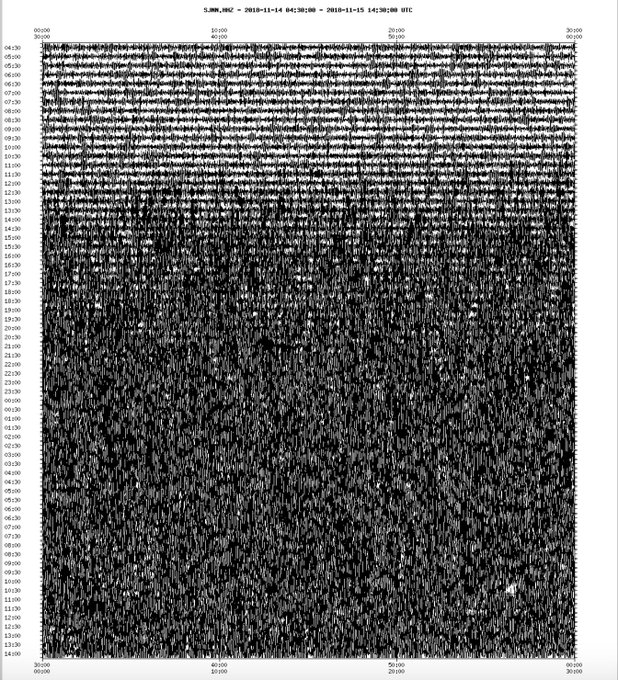I'm recommitting to sharing my reading plans for the week every Monday. I learned about IMWAYR from Teach Mentor Texts. Go there for lots of other great links!
My goal this year is 104 books - which should be totally do-able. I hope to smash through that goal.
My TBR stack is getting pretty high right now. I need to add a couple Judy Moody books to this stack too because that is the topic of our grade 3 book club this month. I'm committing to do more book talks with my students, so I will have a lot of J fiction to read and re-read.
Book Love....because Penny Kittle is iconic and I've never read it. Every reading teacher should!
The Gown by Jennifer Robson is her latest book. I can't wait to get into it!
The Book of Negroes by Laurence Hill is one I've read before but my book club is discussing it next month so I need to read it again.
Something Fierce is the book club book for the next month. This one can be put off for a bit.
The Futures is the book I got from my December book club gathering/book exchange.
Better Than Before is what I read every January.
My mom gave me some Nancy Drew books and The Wizard of Oz for Christmas. Haven't read those since I was in elementary school. I'm really looking forward to re-reading them and sharing them with my class.
Seismic records show Newfoundland was literally shaking from wind and waves
Seismometer in St. John's shows how intense Thursday's winds were
Heavy seas crash into the land at the Drook, a spot on the road to Cape Race. (Submitted by Clifford Doran)
The waves crashing into the rugged shoreline of Newfoundland and Labrador this week led to waves of a different kind.
The squiggly black lines produced by a Natural Resources Canada seismometer show the seismic activity of a vicious windstorm that whipped across the province on Wednesday and Thursday.
The wind and waves were so strong, the island was shaking.
"What we saw over the past 48 hours was quite a dramatic change in [activity]," said John Cassidy, an earthquake seismologist with Natural Resources Canada.
"It was very noticeable and in our seismic data, our plots, it just jumped off the page. You could just see that shaking."
The federal government has seismometers — tools that measure earth movements — all across the country.
Cassidy said each year, a handful of storms will produce winds and waves strong enough to record seismic activity on the east and west coast.
And over time, as these weather events impact older infrastructure, it just breaks down.- Randy Oram, Karwood Homes
With winds gusting between 100 and 140 km/h, the conditions were just right to get the Rock rocking.
"It's that combination of the wind, that incredible wind, and the waves that were hitting the island," Cassidy said.
"Both of those, the waves and the wind, gets trees shaking, rocks shaking ... And all of that can be recorded by our seismometers on the island."
Homebuilders association reacts
Randy Oram, president of the Newfoundland and Labrador branch of the Canadian Home Builders' Association, said people have to prepare for these earth-quivering storms to be the new normal.
There was damage reported to home and businesses across the province, but Oram said his company, Karwood Homes, has yet to receive any reports of damage.
When asked why some homes suffer damage and others go unscathed, Oram said it has to do with location and age.
"With these weather events, some of the extremes can be localized," he said. "And over time, as these weather events impact older infrastructure, it just breaks down."
Oram said the industry is changing as the weather worsens, and contractors need to keep up with the standards.
"You look at shingles we were using 15 years ago, they were rated for 97 km/h winds. What we're using nowadays, 210 kilometres is what they're rated for. As climate change happens, building products advance."
It was very noticeable and in our seismic data, our plots, it just jumped off the page. You could just see that shaking.- Seismologist John Cassidy
Randy Oram, president of the Newfoundland and Labrador branch of the Canadian Home Builders' Association, said standards are changing to meet climate change. (Paula Gale/CBC)
Part of the industry is regulated by Natural Resources Canada, which is currently working on a five-year project on adaptations to home building for climate change.
Where it used to study historical weather events, Natural Resources Canada is now trying to model future storms and set standards based on what is expected to happen, Oram said.
"They're actually looking at where the weather is going in the future, and testing new products and codes for the future."
With files from the St. John's Morning Show






















